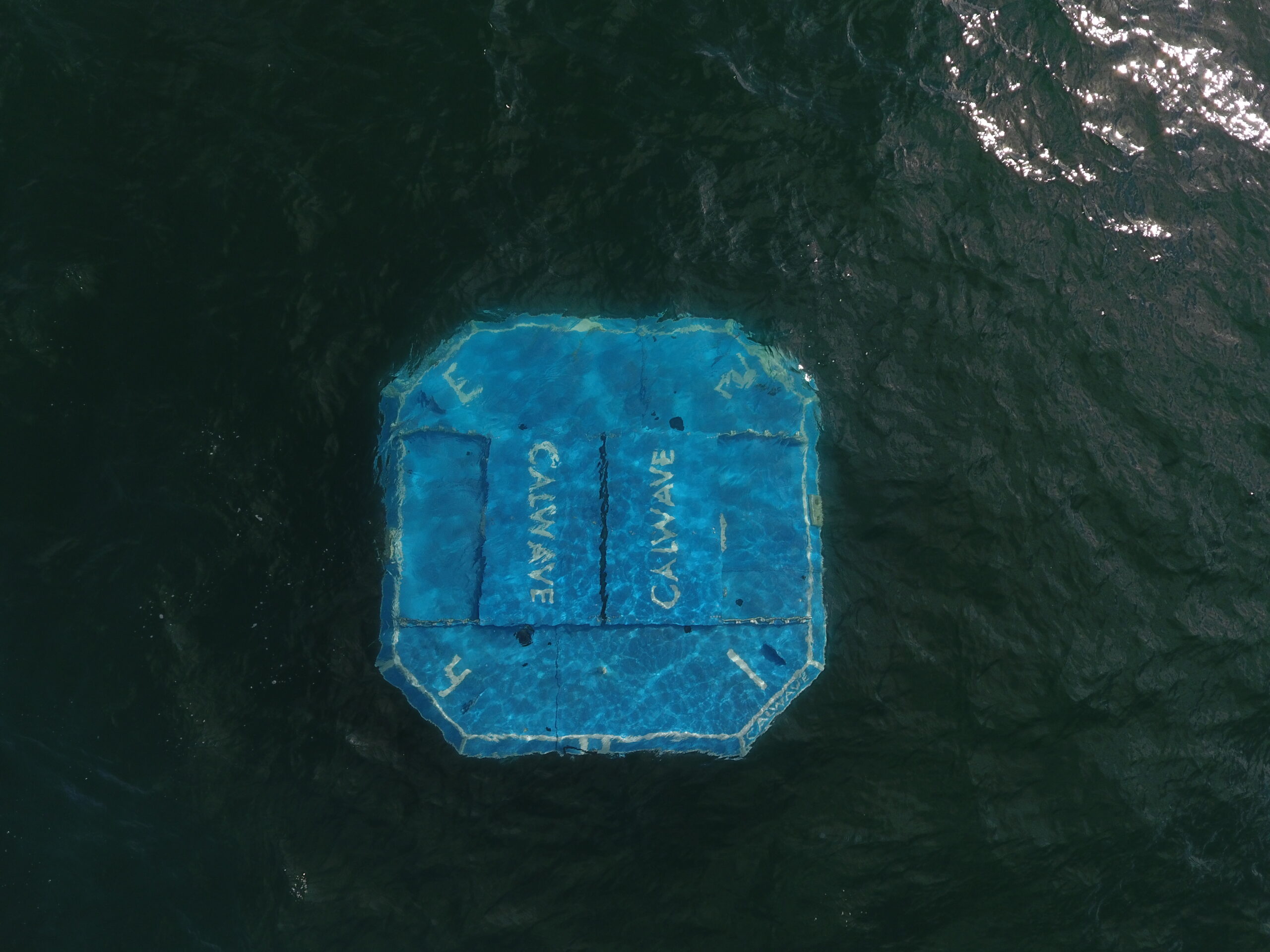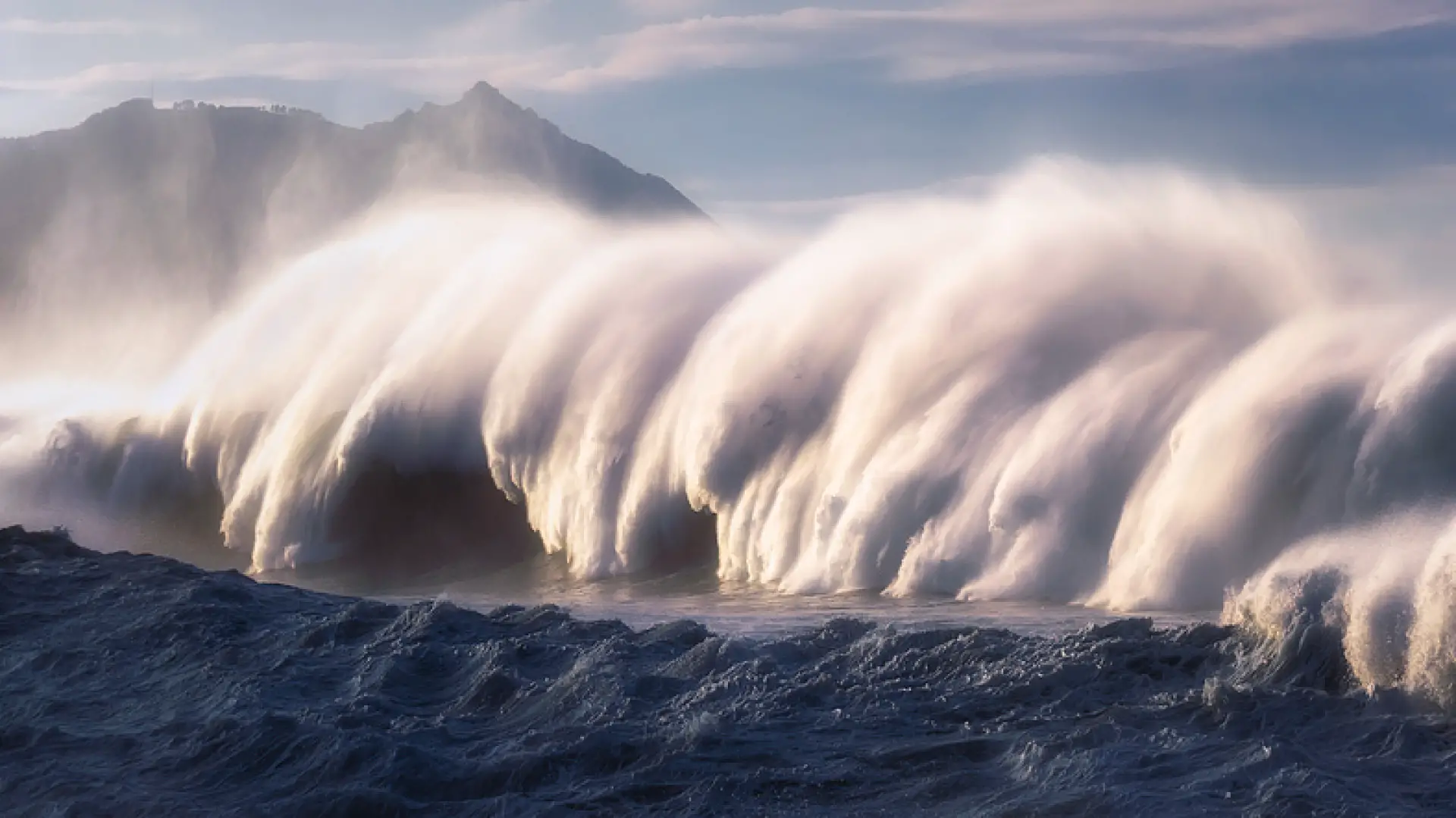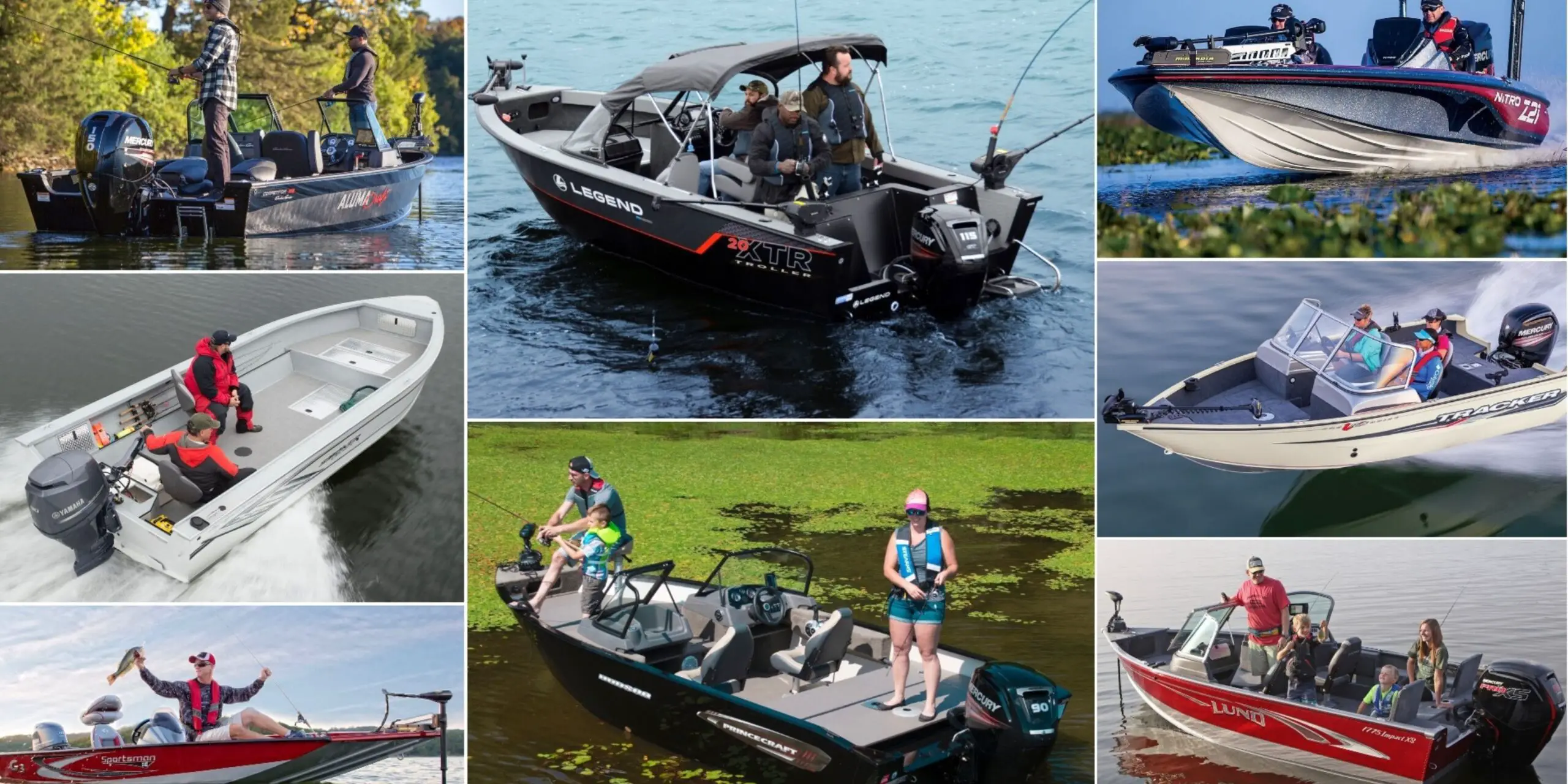A CalWave-named company developed a wave energy generator that harnesses the power of the waves to generate electricity, demonstrating over 99 percent system uptime during a 10-month test off the coast of San Diego.
CalWave, a California-based business, announced the successful completion of an open-ocean test of its xWave clean power technology this week, according to a New Atlas report.
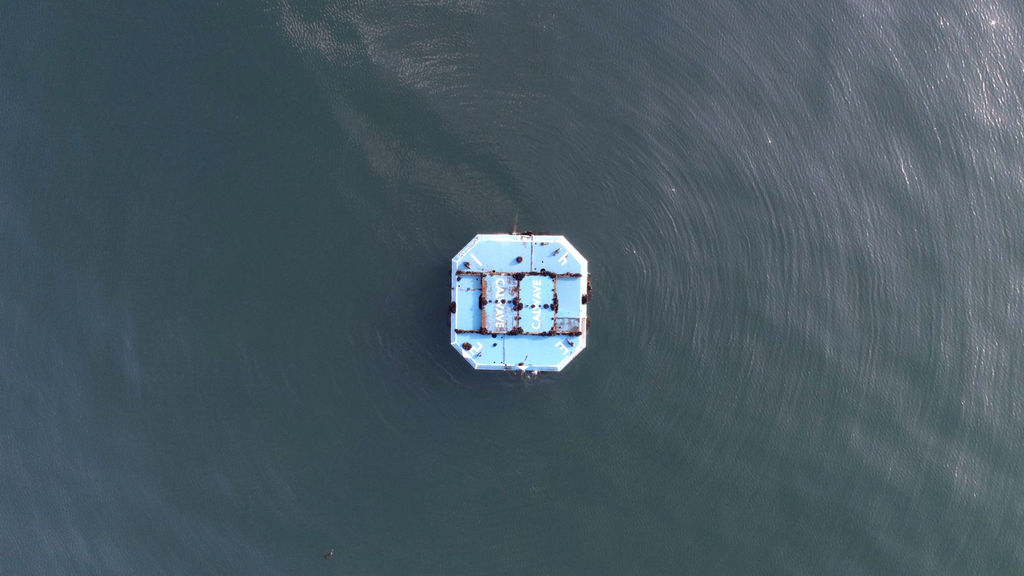
Wave energy is one of the less popular renewable energy sources, and while there are numerous wave energy projects in the works, the sector itself is still developing. According to CalWave, “ocean waves are 20-60 times more energy-dense, predictable, and constantly compared to other kinds of renewable energy.” That’s why they are trying to harness the energy of oceans.
CalWave claims it can harness the waves and become the first company to implement large-scale wave energy systems. Additional testing is required before it can do so, and it will also need to provide more information regarding its submerged system.

CalWave harnesses the wave’s energy effectively.
The hard part is efficiently harnessing that energy, though CalWave believes it has the solution. The company’s xWave is a buoyant platform anchored to the sea floor using a tether to hold it under the water’s surface. CalWave tested a 1/20th-scale model in a test basin in 2016, but it has successfully put a full-sized model to the test.
CalWave has yet to reveal much about the specifications of how its system works. In a video the company posted last year, COO Dan Petcovic said, “as a wave passes over the top, you get a pressure wave that causes motion relative to the sea floor, and with our anchors on the sea floor, we convert that relative motion to power.”
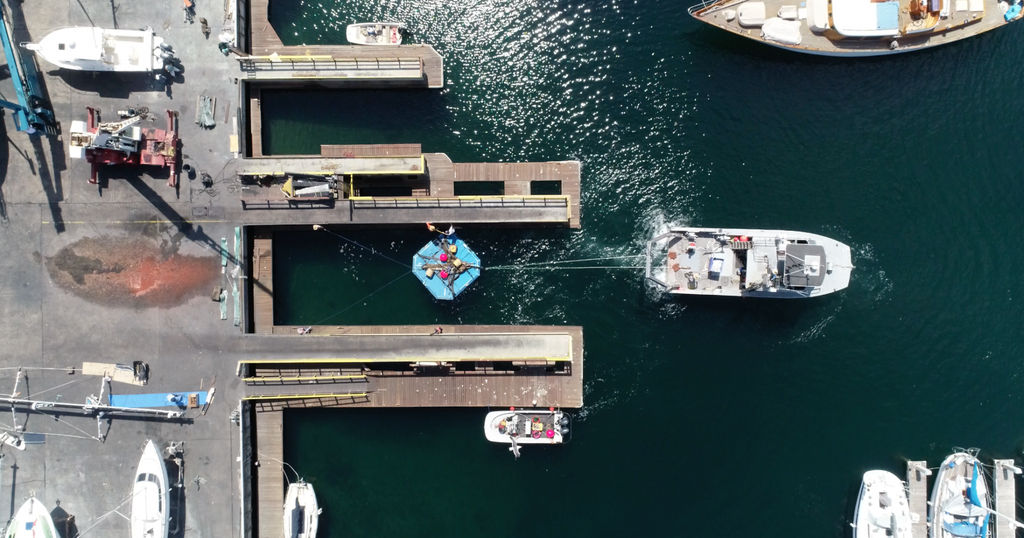
According to CalWave, the x1 worked well for 99% of its deployment, with its onboard controller running autonomously for 80% of the time. New Atlas’ Loz Blain pointed out that the power and data created were piped to the Scripps Institute of Oceanography research pier in La Jolla. However, we don’t know how much power was generated.
The x1, which appears to be roughly the size of a quarry diving platform in images, successfully shut down during two storms, including 15-foot swells, according to Blain, and its mission was extended from six months to 10 due to its reliability.
And reliability will be critical if wave energy is to gain traction.
The challenges in attaining wave energy
A sea is a hostile place, where the same unrelenting motion that wave generators attempt to harness constantly beats against all intruders, while corrosive saltwater eats materials away.
Moreover, despite their speed and power, it is difficult to convert the motion of the waves into useful energy.
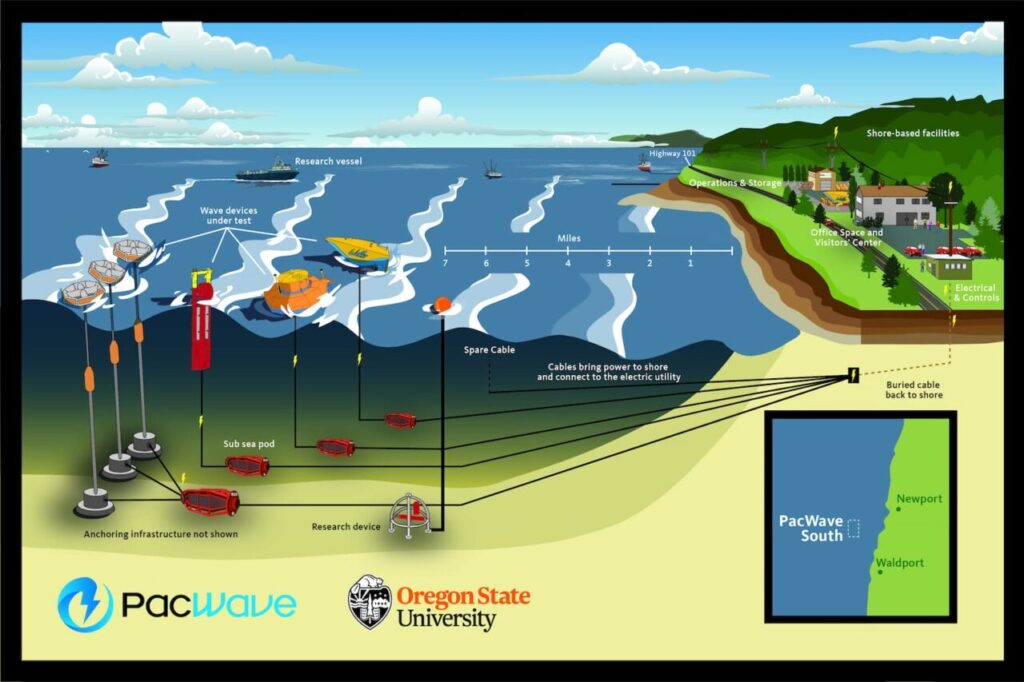
However, there is a lot of potentials if engineers get it right. According to the US Energy Information Administration, waves off the US have a theoretical potential energy equivalent to 2.64 trillion kilowatt-hours per year or nearly 64% of what the US produced on a utility scale in 2021. (However, even if wave energy works in practice, don’t anticipate generators to line every beach or shoreline.)
CalWave is being cautious about how xWave harvests the energy, according to New Atlas’ Blain, but some fundamental facts are known.
To protect it from the harsher movement of the surface, the xWave platform is linked to the ocean floor and operated entirely underwater. As the device moves with the waves, dampers inside it convert the motion into torque, which is converted into energy, according to CNBC.
“As a result, the waves cause the system to rise and fall. “And every time it travels down, we can generate power, and the waves carry it back up,” said CalWave co-founder and CEO Marcus Lehmann to CNBC. “And, like a wind turbine, we can convert that oscillating motion into power.”
company futures planes
CalWave will now put its technology to the test at PacWave, a major, DoE-funded wave energy test facility off the coast of Oregon. PacWave will be the country’s first full-scale, grid-connected facility when it begins operations in the coming years.
“PacWave truly represents a chance to remove one of the most fundamental challenges to allowing wave energy,” Jennifer Garson, director of the DoE’s Water Power Technologies Office, told CNBC.
CalWave will build a 100kw version of the xWave for a two-year trial at PacWave after getting a $7.5 million grant from the DoE for the project, according to the business.
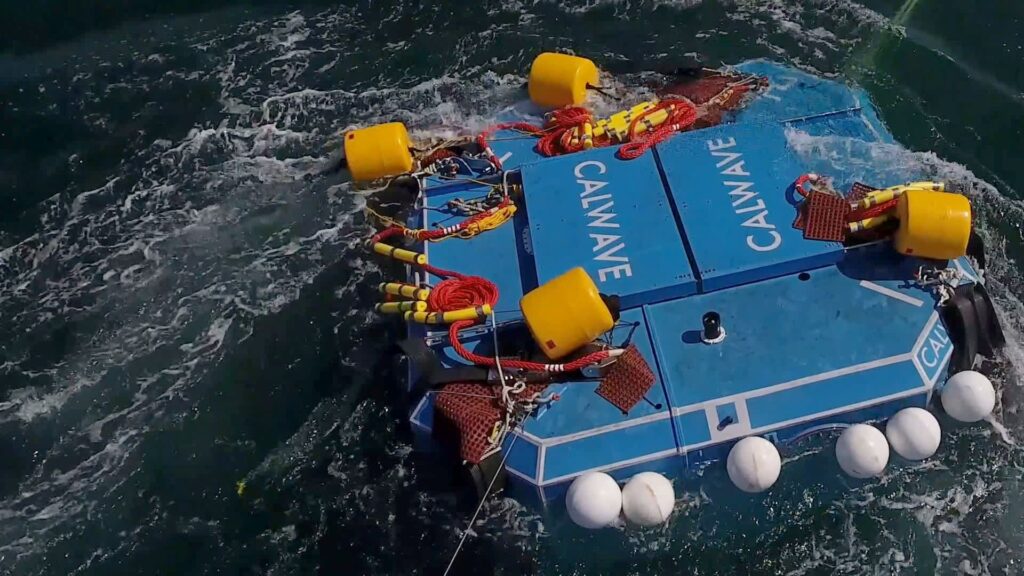
Before the world truly embraces wave energy, there is still a long way to go. For starters, xWave has yet to reveal how much energy the xWave generates, though it has stated that a 100-kilowatt version of the xWave will be deployed off the coast of Oregon for a two-year trial. CalWave has also stated a goal of implementing 1 GW of wave energy systems by 2035, which is a modest number given the critical need for large-scale renewable energy solutions.
At last, I just wanted to state some words by Marcus Lehmann, CalWave’s CEO and Co-Founder, “Our x1 pilot provided us with important results that allowed us to go forward on the route to commercialization. As offshore wind development accelerates in the United States and worldwide, we see enormous wind and wave farm co-location prospects. CalWave would like to thank the US DOE, our hosts at Scripps Institution of Oceanography, and many additional partners and consultants that assisted us with project planning, engineering, and execution.”
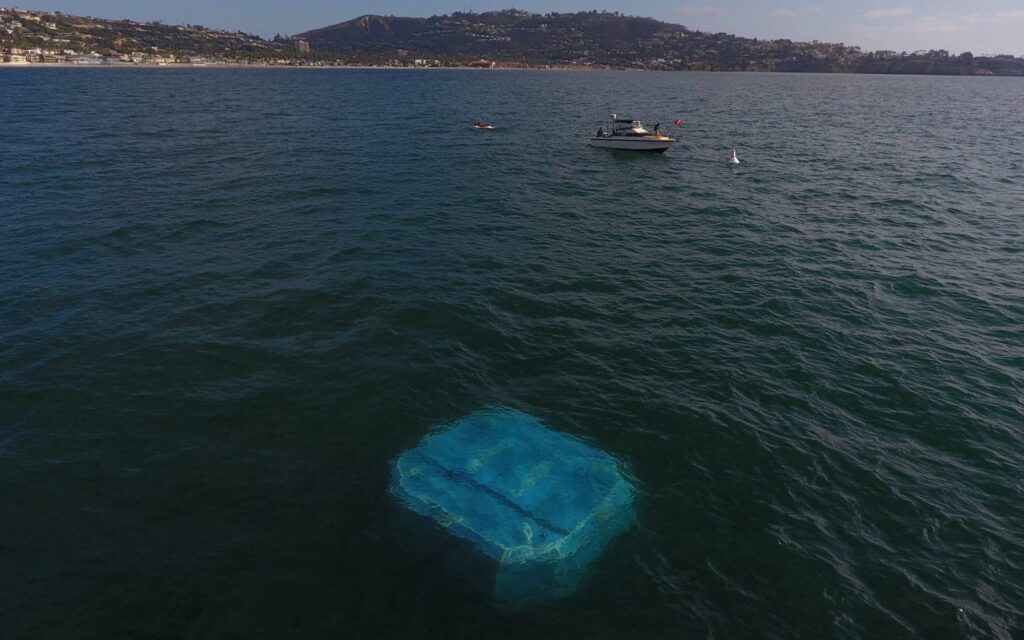
“Marine energy technologies, such as CalWave’s xWave, have enormous potential to help transform our energy system in a variety of ways, from serving as a resource on our nation’s grid to assisting remote and coastal communities in reducing their reliance on fossil fuels to powering ocean exploration and observation systems,” said Jennifer Garson, Director of the US Department of Energy’s Water Power Technologies Office.“CalWave’s successful deployment in California is a crucial step forward in the marine energy industry’s attempts to demonstrate and deploy these technologies,” says the company.
According to Malcolm Woolf, CEO of the National Hydropower Association (NHA), “marine energy is a missing link to fully decarbonizing America’s electrical grid,” and “we are excited by the progress CalWave has made in developing the next generation of renewable energy technologies.”

